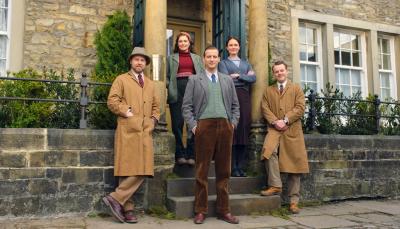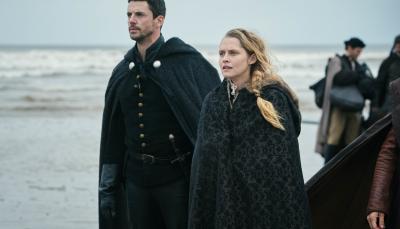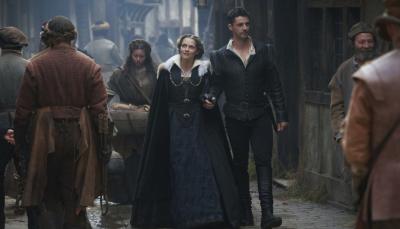'A Discovery of Witches' Season 2 is Lush, Indulgent Escapism

As the second season of the fantasy romance series A Discovery of Witches opens, vampire Matthew Clairmont (Matthew Goode) and witch Diana Bishop (Teresa Palmer) have traveled back in time to Elizabethan England, a premise that sounds even weirder than that of its first outing. And it is, to be honest. But the dramatic time shift has made the series stronger than ever before.
Most of the modern-day storylines find themselves on the backburner in the seven episodes that were made available for critics to review, and the bulk of the action follows Diana as she attempts to locate a witch mentor to help her control her increasingly boundless magical abilities and find the mysterious text known as the Book of Life, which ostensibly holds necessary secrets to the creation of all the supernatural creatures - vampires, witches, and demons - that exist in the world.
But it is the trip back to a time where viewers are more familiar with the rules that makes Discovery of Witches' second season so much fun.
While the forbidden romance between Matthew and Diana has always served as the engine that powers the rest of the show, much of A Discovery of Witches' first season, by necessity, had to spend a lot of time on exposition, explaining - or handwaving - the specific guardrails that hold up the series' universe for viewers who weren't necessarily familiar with the All Souls Trilogy of novels on which the show is based. From the officious Congregation - the committee of representatives from each magical race who uphold order - to the myriad of unspoken rules that govern inter-species interaction and centuries-old grudges between families, there's a lot to take in and process.
But by sending our favorite vampire and witch back in time to a place where viewers essentially already understand the settings and stakes, suddenly the show is allowed to refocus itself on what matters: Our two leads.
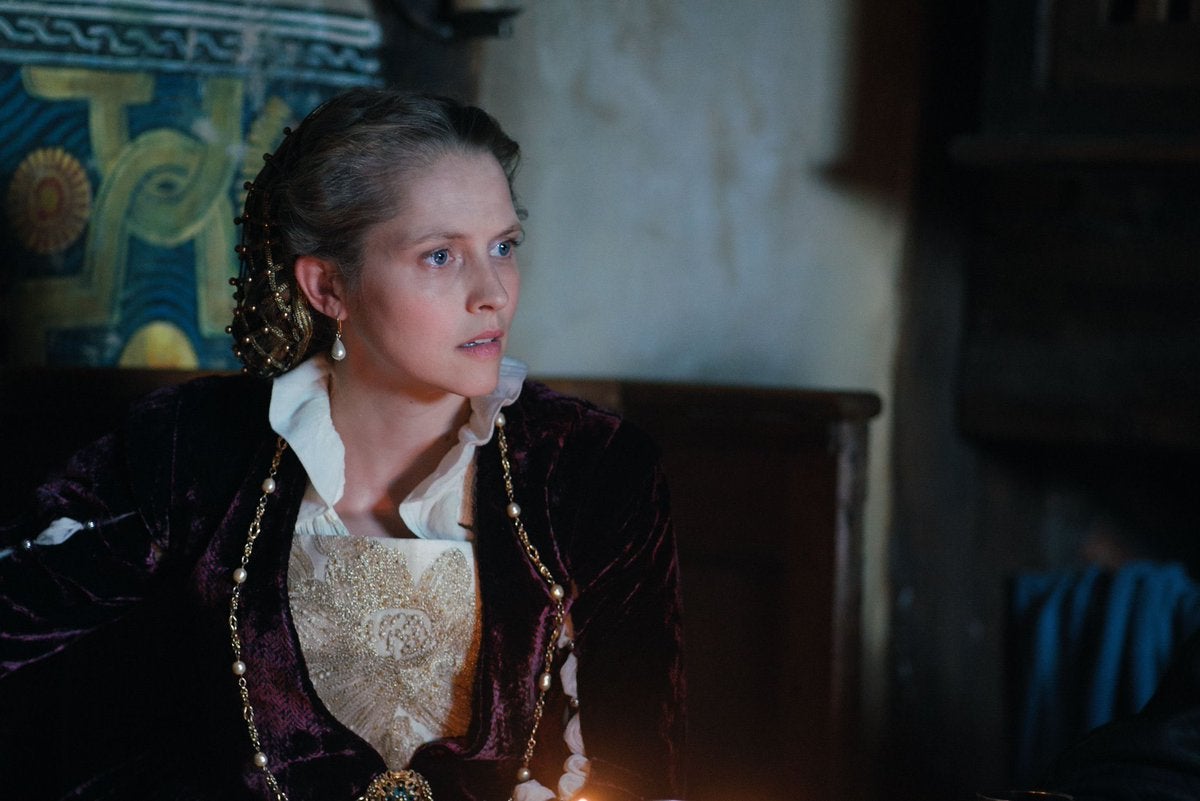
Technically, there are legitimate plot reasons that drive much of their time in the 17th century, but they all dovetail in such a way that fleshes out both Diana and Matthew as individuals and a couple. Diana's journey to control her magic is about her finding her footing as a witch, but also as Matthew's equal in their relationship.
Her lack of knowledge about the rules and relationships of a time that Matthew has already lived through once puts her at a distinct disadvantage and often leaves her struggling for agency. Matthew spends a lot of time telling Diana not to do something for what he perceives to be her own good or safety, and if you've watched this show for any length of time at all, you won't be surprised that she doesn't listen. But the strength and cunning she displays navigating these problems is immensely satisfying and allows her to wield the sort of strength - both supernatural and otherwise - that this show did not always grant her last season.
Watching Diana come into her own at last is deeply satisfying and, admittedly, so is watching her put Matthew in his place when he embraces the patriarchal attitudes of the day a little too enthusiastically. So much of this series thus far has been about watching Diana play catch up, that watching her serve as a driving force in the narrative is really something that's long overdue.
The scenes with her new pseudo-coven are particularly strong, not just because they help Diana unlock her own abilities, but because it highlights a cadre of strong and intriguing women that I truly wish the show spent more time with. The idea of the everyday lives of these women is barely touched upon, in a time period when they would have been burned for their beliefs, and it's a shame we don't dig further into who they are.
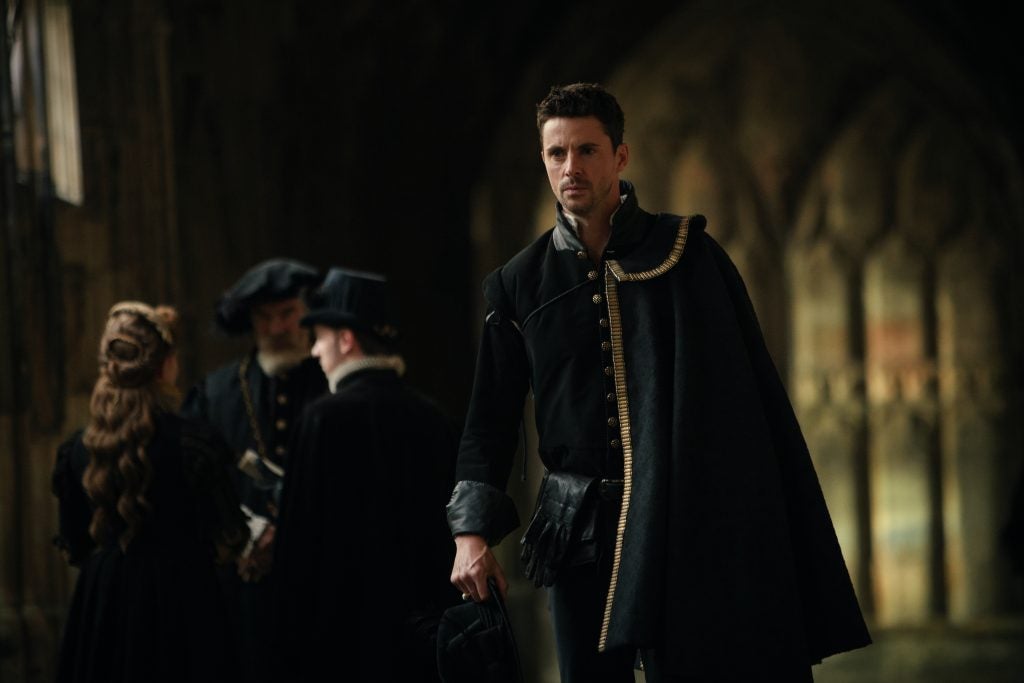
As for Matthew, he has his own personal demons to deal with, from his own identity as the poet Matthew Roydon and the ghost of the violent man he used to be, to the constant machinations of a royal court full of intrigue. There's also the very real presence of his father, Phillippe de Claremont, who is, of course, dead in his own time. James Purefoy plays Phillippe with an intriguing combination of threatening menace and soulful regret, and if you're a viewer that is here for the romance of things above all, you'll love him - and the way he loves Ysabeau. (And even Matthew, to an unexpected degree.) Plus, Purefoy and Palmer have lovely chemistry with one another, and their scenes together are a highlight of the season.
Yet, despite the fact that this season has more swoony love declarations between our central lovers than ever before, Season 2 is rather hard going for Matthew as a character, who often comes off looking like a controlling boor who constantly needs to be reminded that his lady love (or supposed wife, in this time period) is not just the most powerful witch in generations but also an adult woman with a brain who is capable of making choices on her own. Perhaps he's simply being brainwashed by the near-complete misogyny of the company he keeps, as most of his contemporaries are also appalling sexists who seem to think insulting their friend's wife to her face is a good evening in.
I suspect Matthew's behavior is meant to reflect his own anxiety about bonding with Diana and everything that does and will mean to them both. But constant, snarling disdain is really not his best look and that's a real shame because Mr. Goode sure does wear the heck out of a velvet doublet.
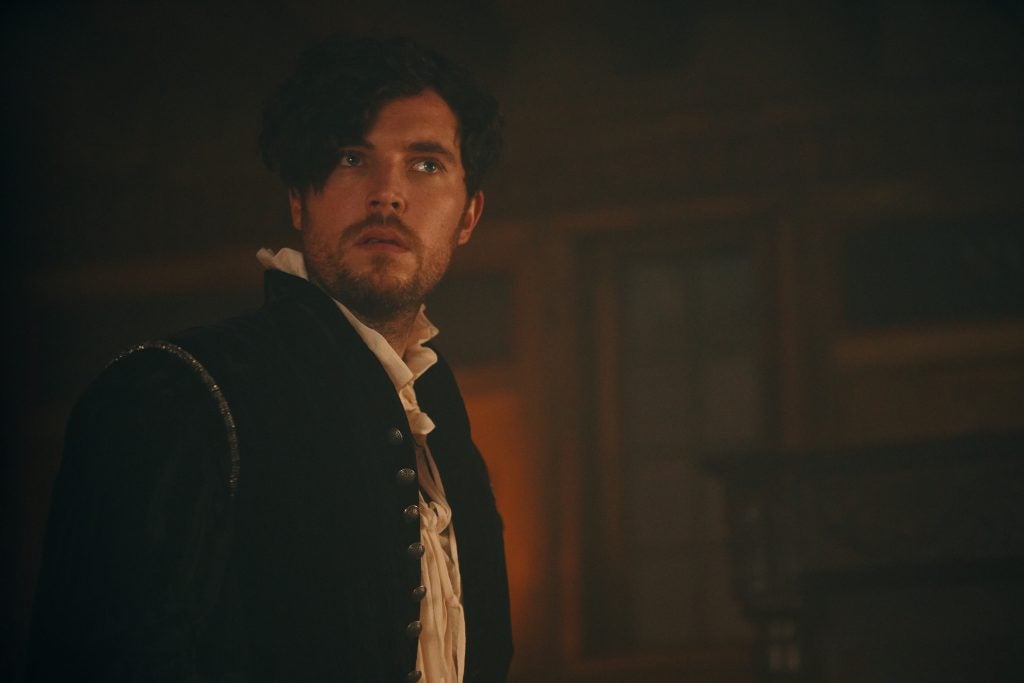
The Elizabethan setting allows A Discovery of Witches to have a blast incorporating various historical figures, from Queen Elizabeth I and her infamous spymaster Robert Cecil to Mary Sidney and Sir Walter Raleigh. Victoria's Tom Hughes is perhaps the best of all, as playwright Christopher "Kit" Marlowe, here imagined as a demon who appears to be more than a little bit in love with Matthew Clairmont himself. His petulant dislike of Diana leads to some of the season's best scenes, as he drags Matthew to the tavern and warns Diana about her husband's darker tendencies even as he himself seems to encourage them.
All in all, there's a lot to enjoy about A Discovery of Witches Season 2. Having shed some of the more cumbersome elements of its modern-day storylines and shoved the remaining ones to the backburner, there's more time for the things that we turned into the show to see: Gobs of romance, extended rides through gorgeous scenery, and Diana Bishop, coming into her own, on her own terms. Huzzah, indeed.
A Discovery of Witches Season 2 premieres Sunday, June 27 on AMC.


